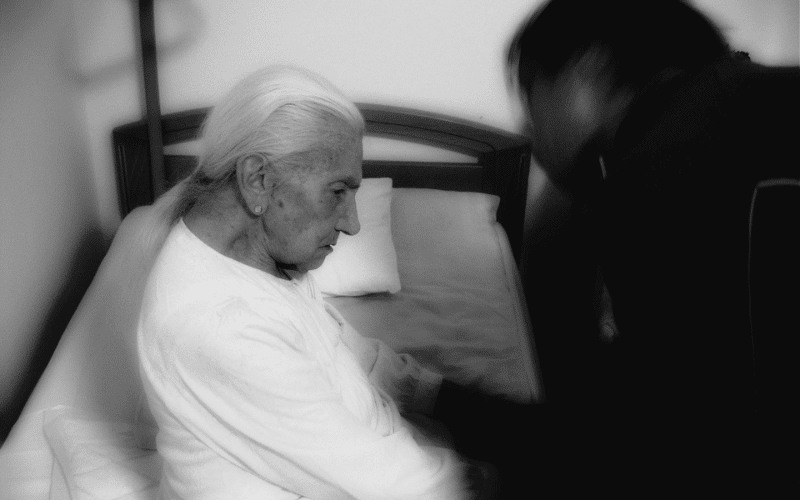Fact 3. Hallucinations: A Disturbing Reality of Dementia

Hallucinations are one of the more distressing behavioral problems associated with dementia. These involve seeing, hearing, or even feeling things that are not present. Dementia patients might see unfamiliar faces, hear non-existent voices, or even feel phantom sensations. These experiences can be distressing for the individual, leading to fear, confusion, and further behavioral disturbances.
Understanding the root of hallucinations in dementia is complex. In some cases, they could be a direct consequence of changes in the brain caused by dementia. Alternatively, they could be a response to a loss of sensory input due to deteriorating sensory abilities common in older adults. Regardless of the cause, hallucinations can be a significant source of distress and can significantly impact the person’s well-being and quality of life.
Responding to hallucinations in dementia patients can be a complex task for caregivers. It requires a delicate balance between validating the patient’s experiences and ensuring their safety. Arguing with the person or outright denying their reality may escalate distress. On the other hand, completely going along with the hallucinations can lead to unsafe situations.
The key here is to approach each situation with empathy and understanding. Maintaining a calm demeanor, gently redirecting the person’s attention, and ensuring a safe and comfortable environment can be beneficial. In some cases, it may be useful to play along with benign hallucinations if it aids in reducing the person’s distress. (3)